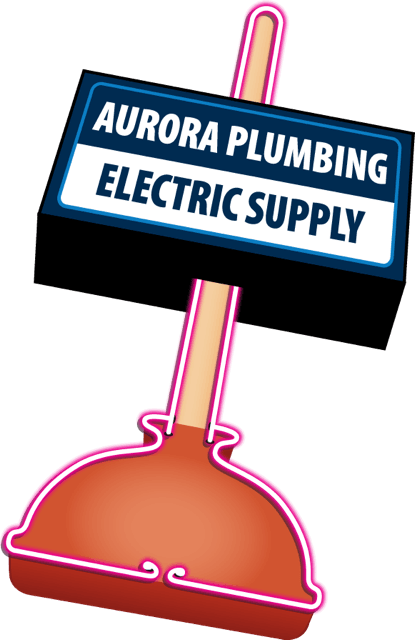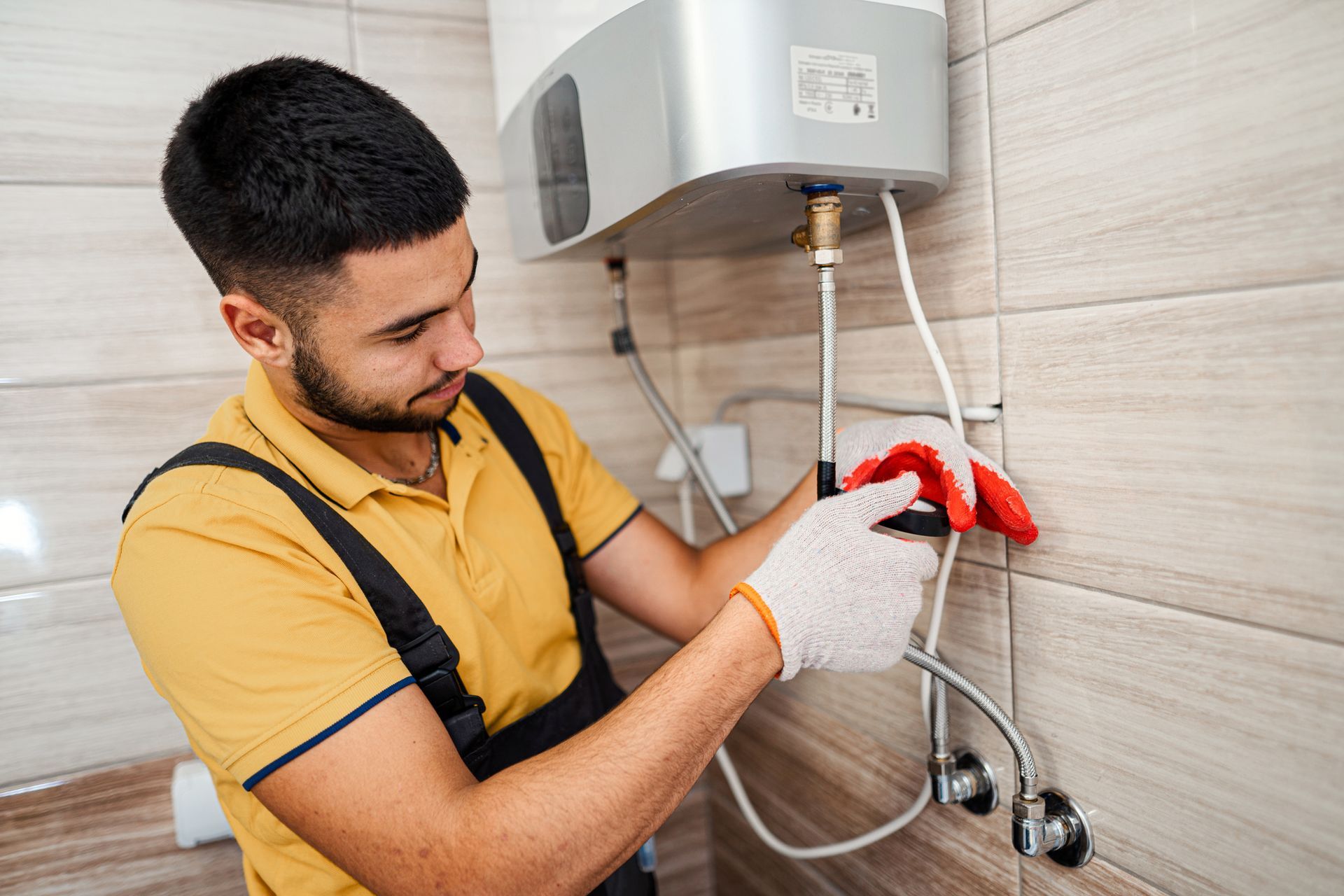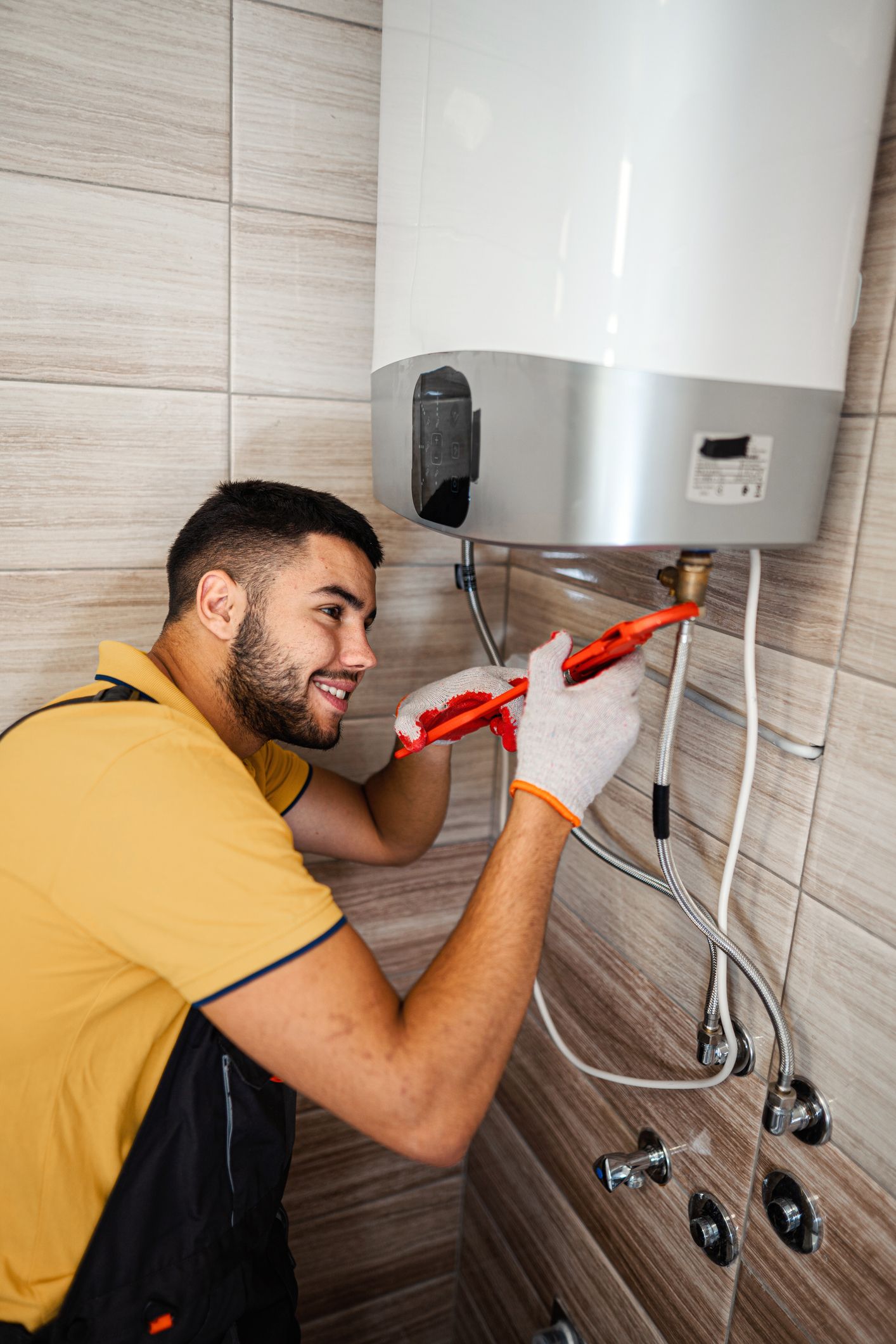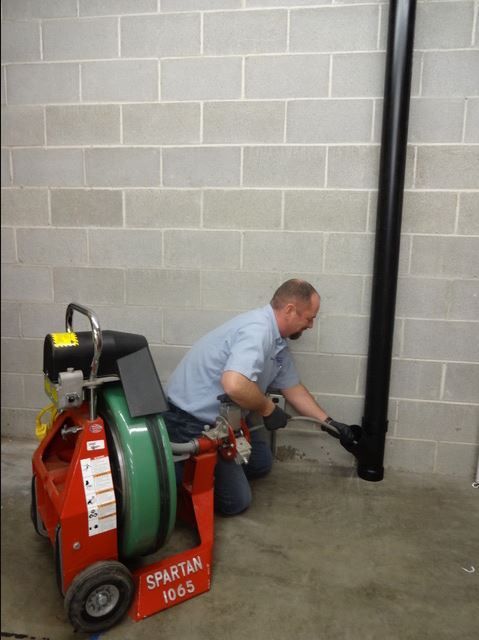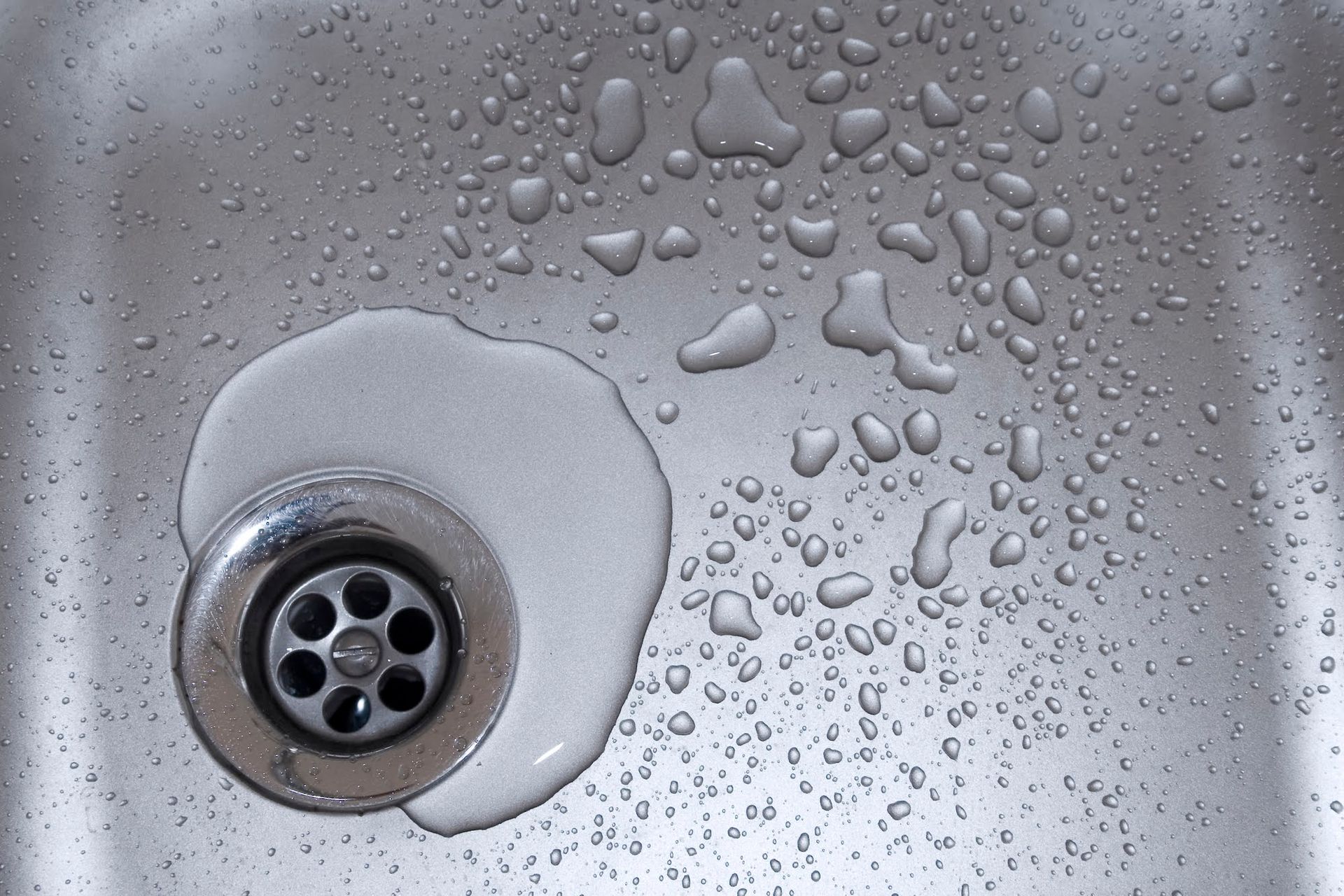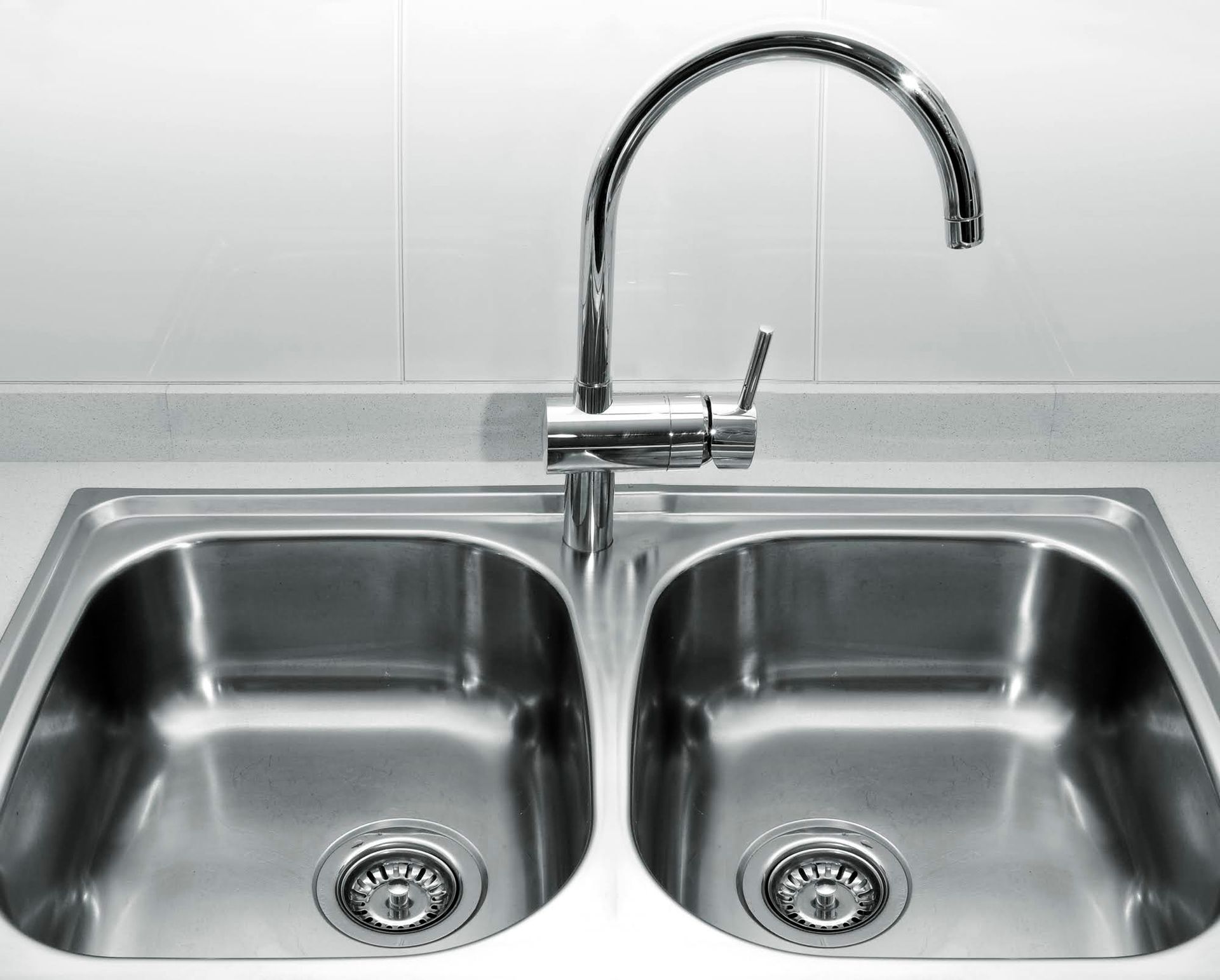The Subterranean Menace: How To Detect And Address Root Invasions In Your Sewer Lines

The quiet drama unfolding beneath our homes often plays out unseen until it's too late. One of the most insidious antagonists in this stage play of home maintenance is the tree root, a seemingly innocuous part of the natural world that—unchallenged—can dismantle the vital infrastructure of our living spaces.
Sewer lines, the underappreciated conduits of our modern sanitation, are particularly susceptible to the tendrils of invasive root systems. When left unchecked, these roots can cause substantial damage, leading to costly repairs and significant inconvenience. Here's how you can detect when your home's vital plumbing is under siege.
Early Signs of a Root Invasion
Recognizing a potential root invasion early saves you countless headaches. The most common early signs include gurgling sounds coming from your drains when you flush the toilet or the water backing up in the sink or tub after you flush. If you notice any of these signs, you should act quickly to determine the extent of the issue.
Additionally, if your toilet water level changes frequently or your drains are slow to empty, particularly after heavy rainfall, it's a good idea to investigate. Excess rainwater can lead roots to seek out sewer lines, using them as pathways for growth and access to water. This can exacerbate the issue and might be the tipping point in detecting a root invasion.
Assessing the Damage
When assessing your sewer line for root damage, there are a few simple measures you can take. Begin by locating where your sewer line runs beneath your property.
If you have trees nearby, their root systems may extend beyond the drip line of their branches and potentially reach your sewer line. To assess whether this is the case, look out for areas of your yard where the ground seems more elevated or where there is lush, unexpected greenery. This could be a sign of roots pushing up from beneath the surface.
You can also have one of Aurora Plumbing's technicians run a specialized camera into your sewer line, typically through a cleanout, which is usually a short, capped pipe near your house. The camera will give us a visual of the inside of your sewer line. If we notice plant-like material, or can't pass through certain areas, you likely have a root problem.
Most importantly, if you observe any wet patches or sinking soil along the sewer line route, it's crucial to call Aurora Plumbing to perform a thorough inspection. This is often an indication that leaking wastewater is attracting roots and may lead to a full-on collapse of the line if left unaddressed.
Mitigating and Solving the Problem
Once you've confirmed that your sewer line is, indeed, infiltrated by roots, it's time to consider your next steps. Here, prevention takes precedence over remediation. Steps to address the problem include:
- Root Removal: This can be done through mechanical means, such as a drain snake, or more intensive methods like hydro jetting, which uses high-pressure water to clear the roots.
- Chemical Treatment: While not the most environmentally friendly or effective method, some chemicals can kill the roots within your sewer line.
- Physical Barriers: Consider installing a root barrier between the tree and the sewer line. These barriers, typically made from metal or wood, can discourage roots from growing in that direction. However, they are not always 100% effective and can require ongoing maintenance.
For severe and persistent cases, the ultimate solution is to have sections of the sewer line replaced with a material resistant to root intrusion or to reroute the line. Root invasions are a problem best tackled comprehensively, and investing in a lasting fix can save you a world of trouble down the line.
In the ongoing battle between nature and urbanity, it's the homeowner's responsibility to remain vigilant. Detecting root intrusions in your sewer lines isn't just about preserving property value—it's about maintaining a clean, safe, and efficient living environment. If you suspect that roots have invaded your sewer lines, contact us today.

